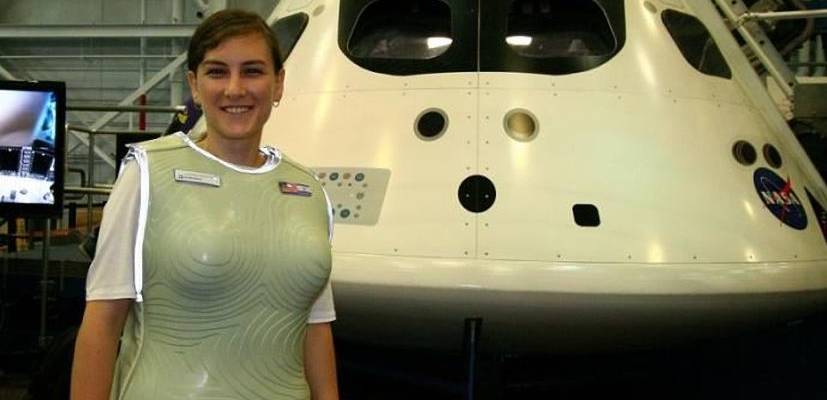The Israeli-developed AstroRad Vest is intended to protect astronauts from harmful radiation in space.
By Aryeh Savir, TPS
The Artemis I mission, the first integrated test of NASA’s Orion spacecraft, will have onboard Israeli-developed technology that may prove key to humans’ long-term presence in Space.
The first in a series of increasingly complex missions, Artemis I will be an uncrewed flight test that will provide a foundation to extend human presence to the Moon and beyond.
The mission, NASA’s first moon mission in 50 years, will test Orion’s capabilities over the course of about six weeks as it travels about 40,000 miles beyond the Moon and back to Earth.
A crew of mannequins, one of them named Zohar (glow) and the other Helga, and various biological experiments, will take a deep-space journey further than any human has been before. The focus of the tests is the radiation environment near Earth and the moon.
The Orion will venture outside the protective Van Allen radiation belts near Earth that shield the International Space Station astronauts from cosmic rays, potentially exposing future crews to an increased risk.
The Matroshka AstroRad Radiation Experiment (MARE) will test the AstroRad Vest, developed by the Israeli company StemRad, intended to protect astronauts from harmful radiation in Space. Only Zohar will wear an AstroRad radiation protection vest and thousands of monitors will test her level of protection.
“We are honored to be one of the very few countries that have managed to introduce original technology for Artemis I. The fact that the Israeli flag will wave on top of Zohar’s suit in space fills us with pride,” the Israel Space Agency said.
If the experiment is successful, there is a high chance that the Israeli technology will become standard in future deep space missions to the Moon and Mars.
This test is another phase after a series of ergonomic experiments carried out with the vest by astronauts on the International Space Station.
